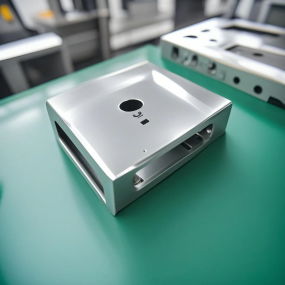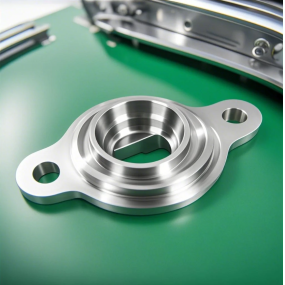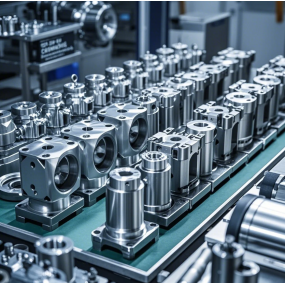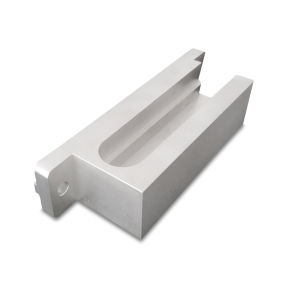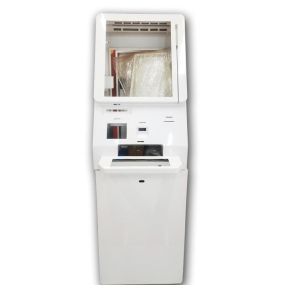Sheet Metal Processing technology: According to the basic processing methods of sheet metal parts, including cutting, bending, stretching, forming, and welding. Sheet metal processing technology: According to the basic processing methods of sheet metal parts, including cutting, bending, stretching, forming, and welding.
Cutting: Cutting can be divided into general punching, numerical punching, shearing machine cutting, laser cutting, and wind cutting according to different processing methods. Due to different processing methods, the processing technology of cutting also varies. The main cutting methods for sheet metal processing are punching and laser cutting. When bending materials, the outer layer is stretched while the inner layer is compressed in the rounded corner area. When the thickness of the material is constant, the smaller the inner r, the more severe the stretching and compression of the material; When the tensile stress on the outer fillet exceeds the ultimate strength of the material, cracks and fractures will occur. Therefore, the structural design of bent parts should avoid excessively small bending fillet radii.
Stretching: The fillet radius between the bottom of the stretching part and the straight wall should be greater than the plate thickness, i.e. r1t. In order to make the stretching process smoother, r1=(3-5) t is generally taken, and the maximum fillet radius should be less than or equal to 8 times the plate thickness, i.e. r18t. The thickness of the stretched material will change due to the varying levels of stress applied at different locations. Generally speaking, the bottom center maintains its original degree, the material at the rounded corners of the bottom becomes thinner, the material near the flange at the top becomes thicker, and the material at the rounded corners around the rectangular stretching part becomes thicker.
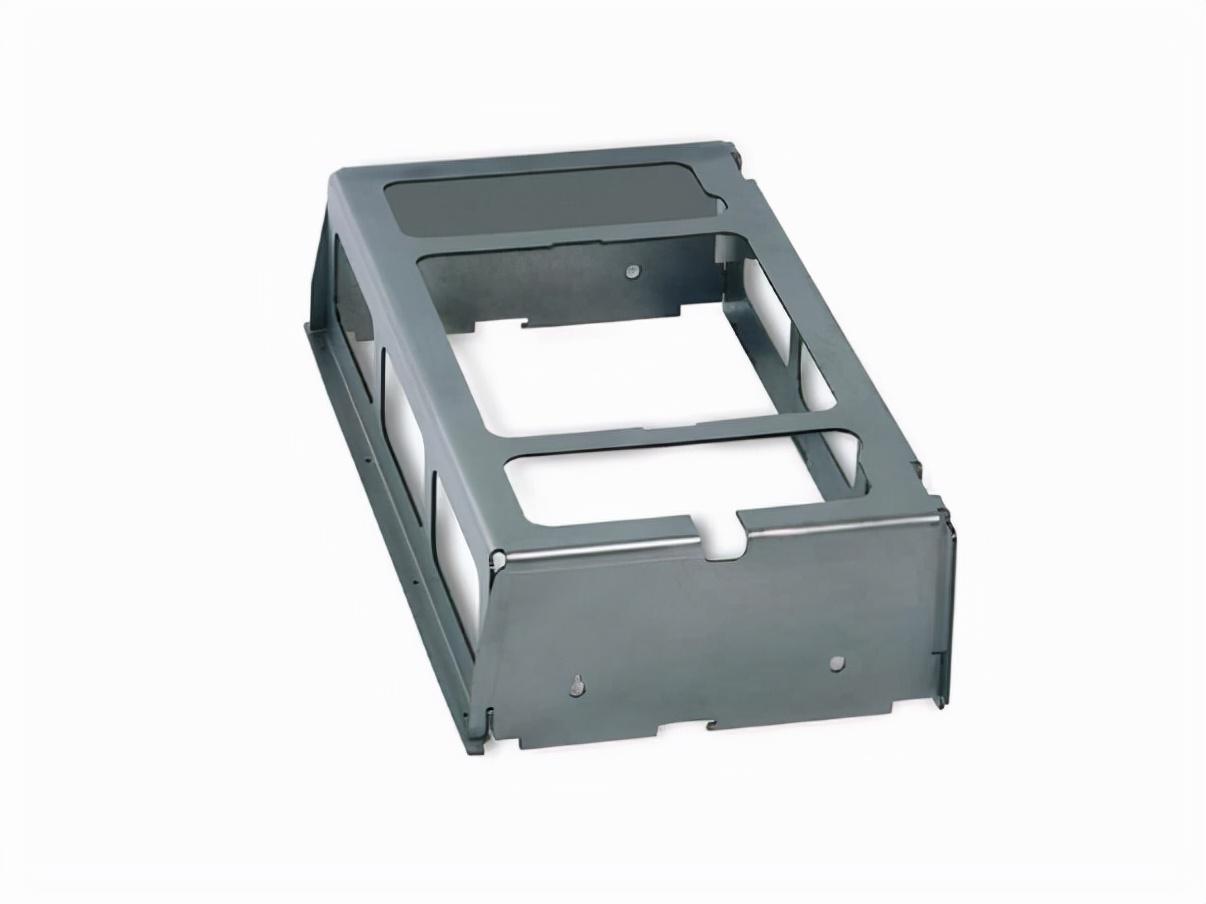
Forming: Pressing ribs on plate-shaped metal parts helps to increase structural rigidity. Louvers are usually used on various covers or casings for ventilation and heat dissipation. The forming method is to cut the material with one edge of the convex mold, while the rest of the convex mold simultaneously stretches and deforms the material to form an undulating shape with one edge open.
Welding: Welding methods mainly include arc welding, slag welding, gas welding, plasma arc welding, fusion welding, pressure welding, and brazing. Welding of sheet metal products mainly includes arc welding and gas welding. Arc welding has flexibility, maneuverability, and wide applicability, and can be used for all position welding; The equipment used has the advantages of simplicity, good durability, and low maintenance costs. But the labor intensity is high and the quality is not stable enough, which depends on the operator's level. The flame temperature and properties of gas welding for carbon steel, low alloy steel, stainless steel, and non-ferrous alloys such as copper and aluminum that are suitable for welding with a diameter of 3mm or more can be adjusted. The arc welding heat source has a wider heat affected zone, and the heat is not as concentrated as the arc, resulting in low productivity. It is used for welding thin-walled structures and small parts. The acceptance standards for welded steel, cast iron, aluminum, and copper sheet metal chassis can be inspected and accepted at the manufacturing plant or the product delivery location designated by Party A. The results should be consistent, and the final results should be based on the final destination.
Acceptance criteria:
The flatness of the bottom and other sides of the box is 1mm.
2. The verticality of the front and rear or left and right elevations of the box body relative to the bottom surface is 1mm.
3. The parallelism between the top and bottom surfaces of the panel is 0.5mm, and the perpendicularity between the side and bottom surfaces is 0.5mm.
After the panel is installed in the box, it should be vertical and upright, with a perpendicularity of 0.5mm between its side and the bottom of the box, and a parallelism of 0.5mm between the bottom and the bottom of the box.
5. When installing the plug-in frame of the circuit board or chassis, it is necessary to use a fixture to simulate the circuit board or chassis for assembly. The fixture should be smoothly inserted and removed from the plug-in box, and after being inserted into the plug-in box, it should be securely attached without floating or loosening. Hard connected connectors should be aligned accurately and inserted and removed without any abnormal obstruction.


 Spanish
Spanish Arabic
Arabic French
French Portuguese
Portuguese Belarusian
Belarusian Japanese
Japanese Russian
Russian Malay
Malay Icelandic
Icelandic Bulgarian
Bulgarian Azerbaijani
Azerbaijani Estonian
Estonian Irish
Irish Polish
Polish Persian
Persian Boolean
Boolean Danish
Danish German
German Filipino
Filipino Finnish
Finnish Korean
Korean Dutch
Dutch Galician
Galician Catalan
Catalan Czech
Czech Croatian
Croatian Latin
Latin Latvian
Latvian Romanian
Romanian Maltese
Maltese Macedonian
Macedonian Norwegian
Norwegian Swedish
Swedish Serbian
Serbian Slovak
Slovak Slovenian
Slovenian Swahili
Swahili Thai
Thai Turkish
Turkish Welsh
Welsh Urdu
Urdu Ukrainian
Ukrainian Greek
Greek Hungarian
Hungarian Italian
Italian Yiddish
Yiddish Indonesian
Indonesian Vietnamese
Vietnamese Haitian Creole
Haitian Creole Spanish Basque
Spanish Basque


